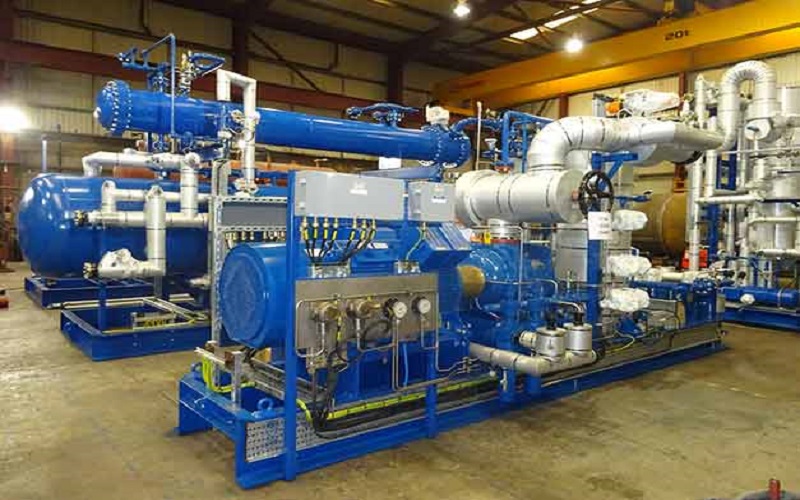Refrigeration simply refers to mechanical processes that help in taking out the heat from a concerned physical space and thus lowering its temperature. In centralized refrigeration, the cooling is done at a particular centralized position and the cooled air/fluid is distributed. Refrigeration in an industrial setting encompasses a whole range of mechanical processes including pre-cooling, air conditioning, cooling, and freezing.
Explore the thriving global market for centralized refrigeration systems, with a value of $29.8B in 2022, set to reach $49.5B by 2032 at a 5.2% CAGR. Unit count to rise from 3.8M to 4.9M by 2032, growing at a 2.7% CAGR.
Applicability of centralized refrigeration systems in food processing industry
It is a scientifically proven fact that the shelf-life of food products increases by lowering the temperature of the storage facility. This way, the microbiological, chemical, and physical changes in the composition of the food product can be delayed and its quality can be preserved. Thus, the main purpose behind employing refrigeration systems in food processing industries is to enhance the shelf-life of food items.
Modern centralized refrigeration systems offer multiple refrigeration techniques which generally follow a chronological order. For example, pre-cooling is a refrigeration technique in which the internal metabolism of the food items is slowed down which increases their shelf-life. This is the most important step in the case of food items such as vegetables, fruits, and dairy products. In the next step, the stored food items undergo chilling. Depending upon the food product, the temperature of storage facility can be reduced to anywhere between 2-12 degrees- Celsius. This step is the most vital for storing food items like milk and eggs. In the next stage, the food product is literally frozen. This is especially done if the food product is to be transported over long distances. Freezing the food items increases its shelf-life significantly, however, may hamper the taste in some cases. Hence, modern centralized refrigeration systems use a technique called super-cooling. In this technique, the temperature is dropped just below the food item’s freezing point so that ice formation is prevented.
Factors expanding the scope of the market
The demand for centralized refrigeration systems has obviously ballooned from the food processing industry. This will undoubtedly help in widening the scope of the market. Just like food items, refrigeration of medical drugs is essential to maintain their quality. Hence, the demand for these refrigeration systems has also increased from the pharmaceutical industry. This will ultimately surge the growth rate of the market. With the increasing disposable income and changing lifestyle of people across the globe, the demand for frozen and packaged foods has risen. Indirectly this will augment the growth rate of the global centralized refrigeration systems market.
Apart from these growth drivers, the acquisition and merger agreements signed by leading companies in the market will also strengthen the position of the industry. For instance, in June 2023, Johnson Controls announced the acquisition of M&M Carnot, a leading refrigeration solutions provider. As per the company’s statement, the acquisition will help Johnsons Controls in its quest to develop sustainable refrigeration solutions. All these factors taken together are expected to aid in the growth of the market at a CAGR of 5.2% during the 2023-2032 period.
The centralized refrigeration systems market is, thus, set to enlarge its sphere of influence in the coming period owing to increasing applications in the food processing sector. Also, a rise in demand for these systems from the healthcare sector will shoot up the growth rate of the market in the near future.




